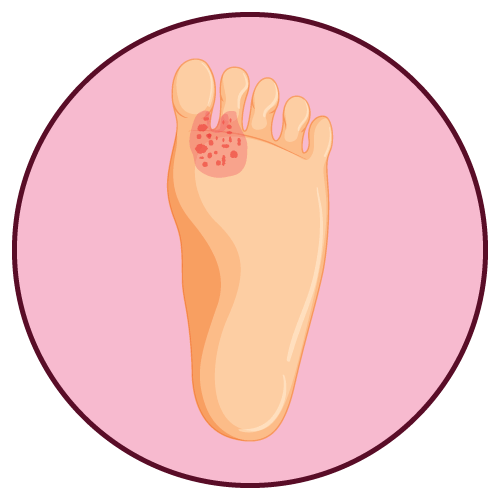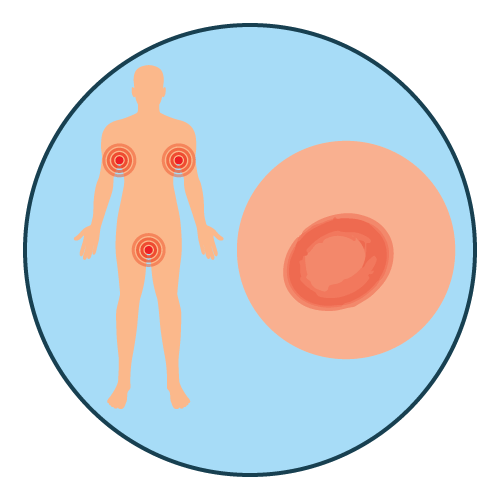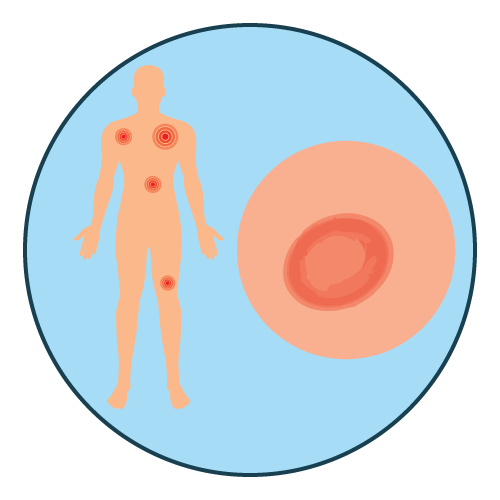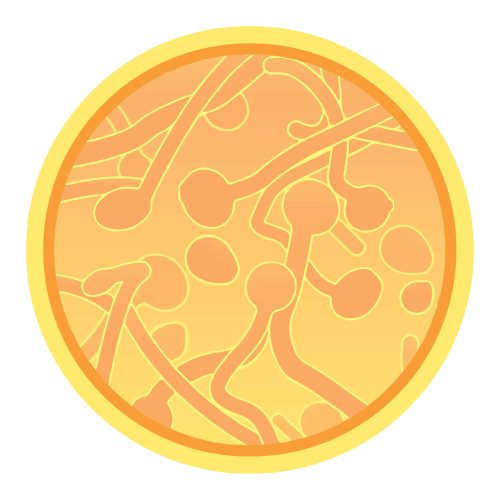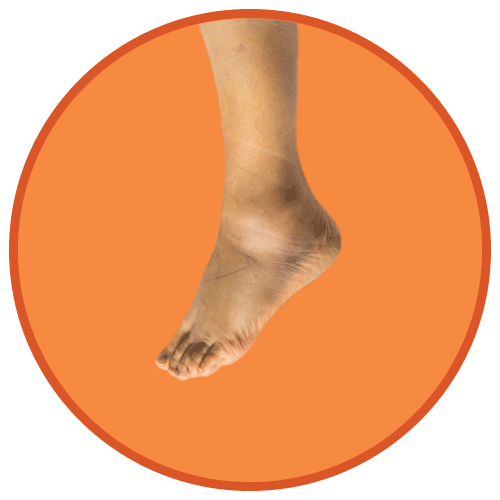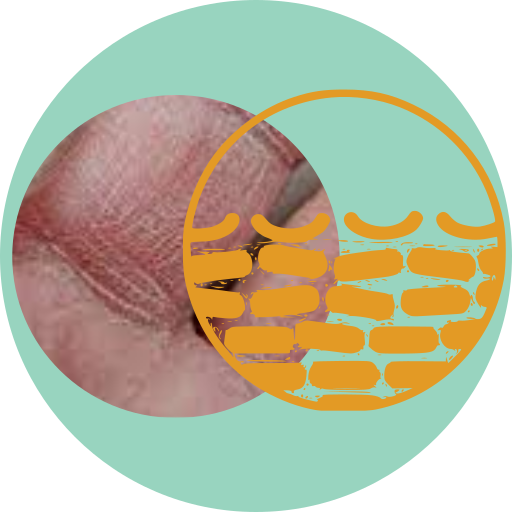| Name | Clotrimazole + Hydrocortisone |
| Classes |
Antiinfective Agent Dermatological/Topical Agent Topical Antiinfective Agent Antifungal Agent |
| Diseases |
Athelet's Foot Diaper Rash Ring Worm Skin Disorder Yeast Infection |
Clotrimazole + Hydrocortisone
Clotrimazole + Hydrocortisone Cream and Lotion contain combinations of clotrimazole, a synthetic antifungal agent, and betamethasone dipropionate, a synthetic corticosteroid, for dermatologic use.
Clotrimazole + Hydrocortisone is indicated for the following conditions when caused by Epidermophyton floccosum, Trichophyton mentagrophytes, and Trichophyton rubrum
- tinea pedis
- tinea cruris
- tinea corporis
- candidiasis
- In the morning and evening, gently massage enough Clotrimazole + Hydrocortisone Cream or Lotion into the afflicted skin areas.
- In the treatment of tinea corporis or tinea cruris, Clotrimazole + Hydrocortisone Cream or Lotion should not be used for more than 2 weeks, and dosages larger than 45 g per week of Clotrimazole + Hydrocortisone Cream or 45 mL per week of Clotrimazole + Hydrocortisone Lotion should not be used. The diagnosis should be revisited if a patient with tinea corporis or tinea cruris exhibits no clinical improvement after 1 week of treatment with Clotrimazole + Hydrocortisone Cream or Lotion.
- Clotrimazole + Hydrocortisone Cream or Lotion should not be used longer than 4 weeks in the treatment of tinea pedis and amounts greater than 45 g per week of Clotrimazole + Hydrocortisone Cream or amounts greater than 45 mL per week of Clotrimazole + Hydrocortisone Lotion should not be used. If a patient with tinea pedis shows no clinical improvement after 2 weeks of treatment with Clotrimazole + Hydrocortisone Cream or Lotion, the diagnosis should be reviewed.
Clotrimazole + Hydrocortisone can cause the following side effects-
- paresthesia
- rash
- edema
- secondary infection
- dry skin
- irritation
- Topical corticosteroids can cause reversible suppression of the hypothalamic-pituitary-adrenal (HPA) axis, which can lead to glucocorticosteroid insufficiency if treatment is stopped. Cushing's syndrome, hyperglycemia, and glucosuria can all be caused by systemic absorption of topical corticosteroids while on treatment in some patients.
- If HPA axis suppression is detected, the medicine should be discontinued, the frequency of application reduced, or a less potent corticosteroid substituted. When topical corticosteroids are stopped, HPA axis function usually returns quickly. Signs and symptoms of glucocorticosteroid insufficiency might arise infrequently, necessitating the use of additional systemic corticosteroids.
- Due to their greater skin surface to body mass ratios, pediatric patients may be more sensitive to systemic toxicity from equal doses.
- Even if the symptoms have improved, this medicine must be taken for the entire therapy period. If there is no progress after 1 week of treatment for tinea cruris or tinea corporis, or 2 weeks for tinea pedis, contact your doctor.
Contraindication
This cream or Lotion is contraindicated in patients who are sensitive to clotrimazole, hydrocortisone, other corticosteroids or imidazoles, or to any ingredient in these preparations.
There is no known contraindications of the medication in terms of food and drinks.
There is no known contraindications of the medication in terms health condition.
 Bangla
Bangla English
English